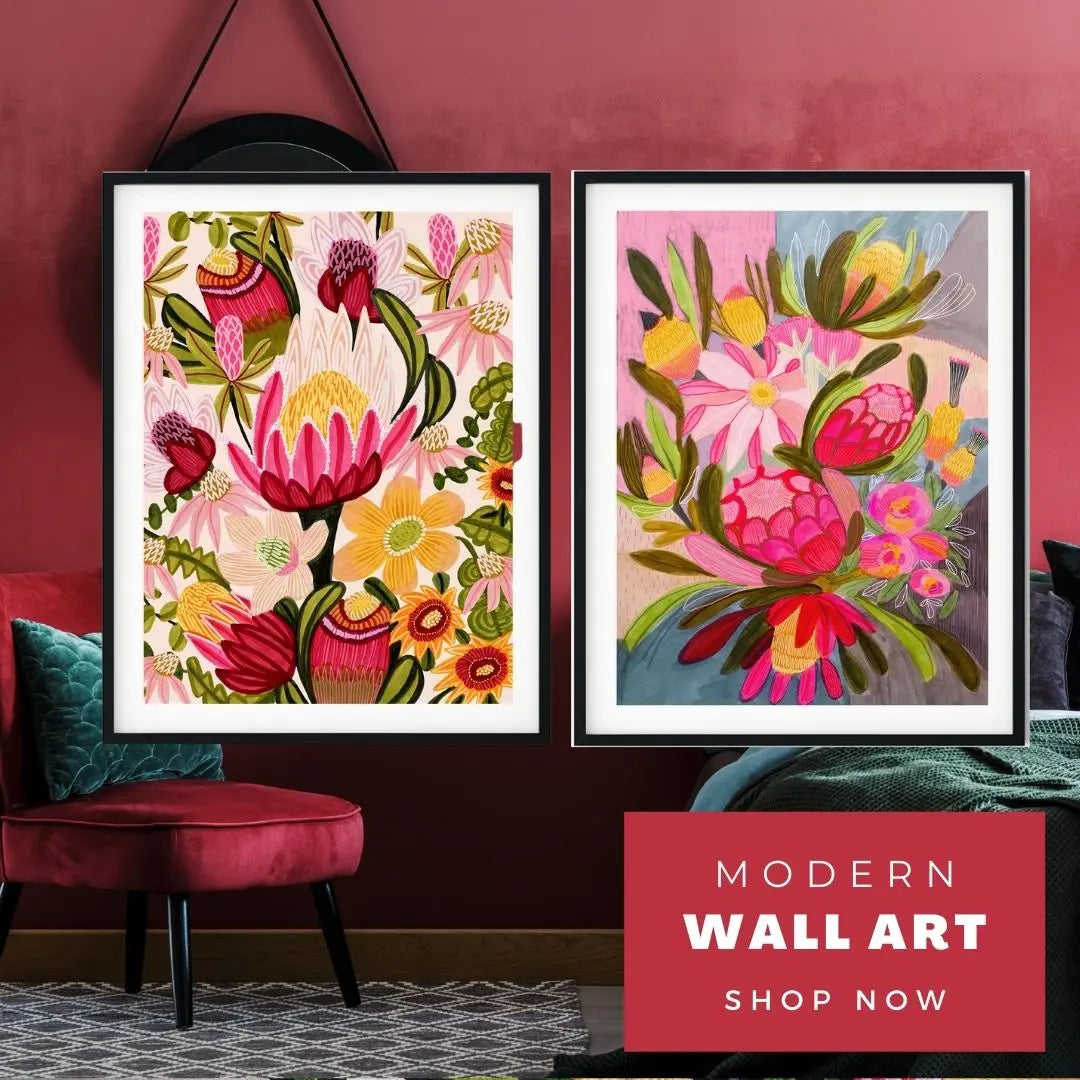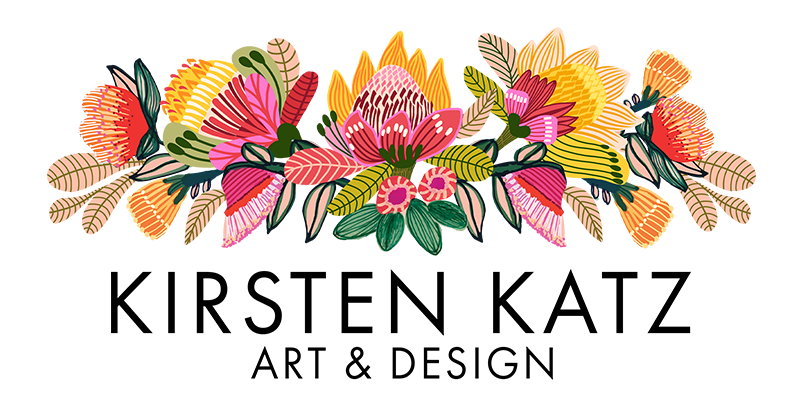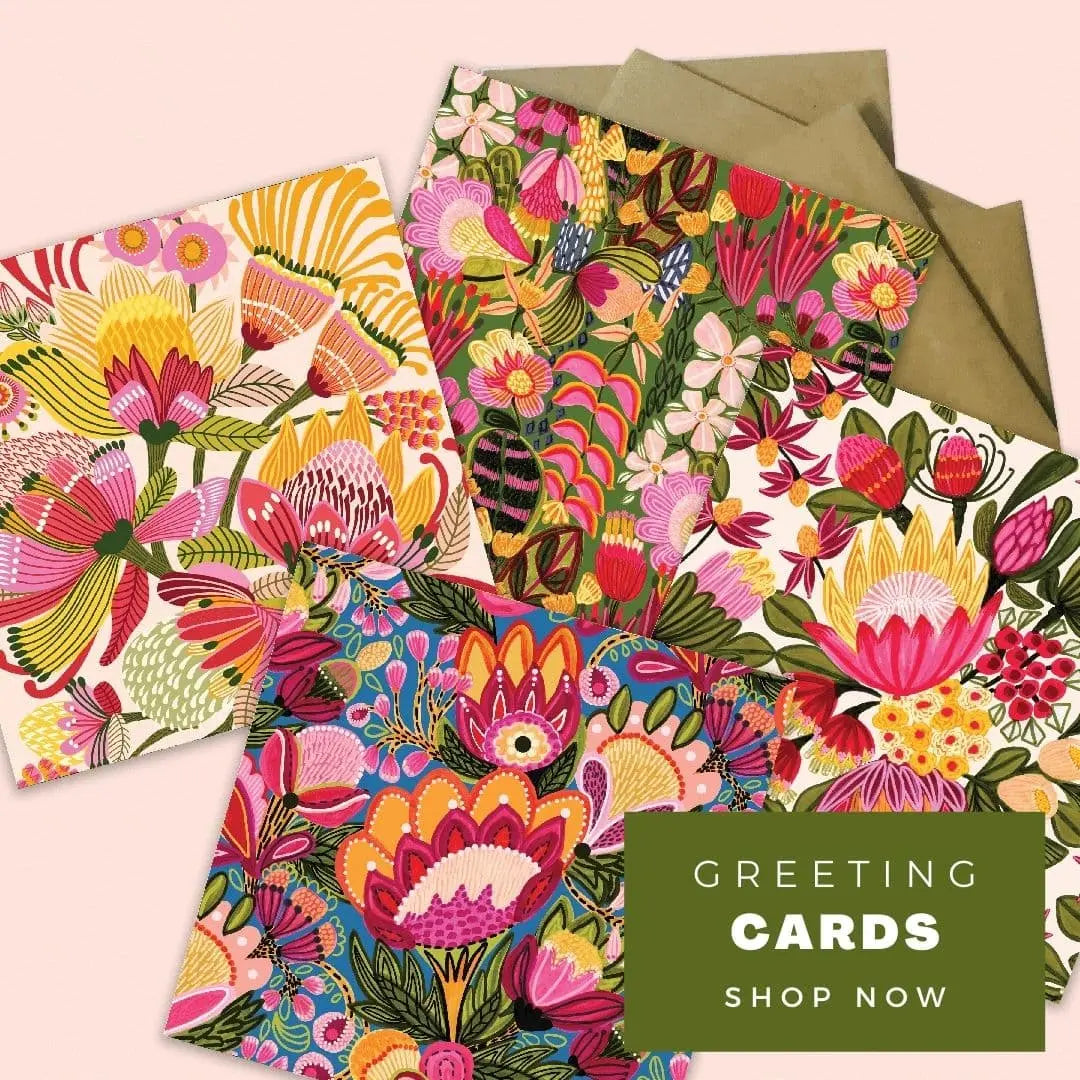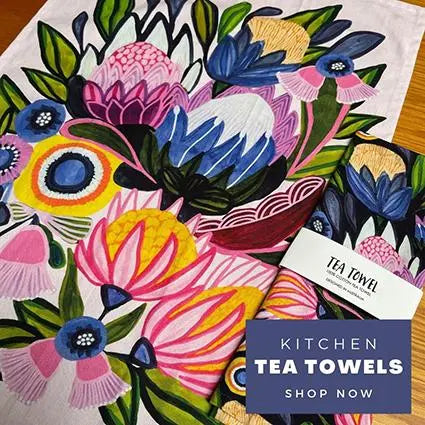Colour Theory: A Comprehensive Beginner's Guide
Colour theory serves as the cornerstone of visual arts, design, and marketing. By understanding its basic principles, artists, designers and creators can make informed choices, evoke emotions, and establish harmonious compositions. In this blog post, we will explore the fundamentals of colour theory, including the colour wheel, colour mixing, and various colour harmonies. We will also delve into concepts such as tints, hues, saturation, complementary colours, analogous colours, monochromatic colours, secondary colours, tertiary colours, neutral colours, and pastel colours, providing you with a comprehensive understanding of colour theory.
-
The Colour Wheel: The colour wheel serves as a crucial tool in colour theory, presenting colours in a circular arrangement. It consists of primary colours (red, blue, and yellow), which are the foundational hues. Secondary colours (orange, green, and purple) are created by mixing two primary colours together. Tertiary colours are further derived from the combination of primary and secondary colours. These colours are essential references for understanding colour relationships.
-
Mixing Colours: Colour mixing allows for infinite creative possibilities. By combining different colours, you can generate an extensive range of shades and hues. Here are some basic colour mixing techniques:
-
Primary Colours:
- Red + Blue = Purple
- Blue + Yellow = Green
- Yellow + Red = Orange
-
Secondary Colours: Secondary colours are created by mixing two primary colours together:
- Orange: Red + Yellow
- Green: Blue + Yellow
- Purple: Blue + Red
-
Tertiary Colours: Tertiary colours are achieved by combining primary and secondary colours:
- Reddish-purple: Red + Purple
- Blue-green: Blue + Green
- Yellowish-orange: Yellow + Orange
-
Tints, Hues, and Saturation: Tints are created by adding white to a hue, resulting in a lighter version of the colour. For instance, adding white to red produces pink. Hues represent the purest form of a colour, while saturation refers to the intensity or vividness of a colour. By manipulating these elements, you can create a range of subtle variations and effects.
-
Colour Harmonies: Colour harmonies are combinations of colours that work well together, establishing pleasing aesthetics. Here are a few common harmonies:
-
Complementary Colours: Complementary colours are positioned opposite each other on the colour wheel. Examples include red and green or blue and orange. Complementary colours create contrast and vibrancy when used together.
-
Analogous Colorus: Analogous colours are adjacent to each other on the colour wheel. For instance, blue, green, and yellow are analogous colours. Analogous colour schemes produce a harmonious and serene effect.
-
Monochromatic Colours: Monochromatic colours are derived from a single hue, achieved by altering the saturation and value. By utilizing different tints, shades, and tones of a single colour, you can create a monochromatic colour scheme that appears sophisticated and cohesive.
- Secondary Colors, Tertiary Colours, Neutral Colours, and Pastel Colours:
-
Secondary Colorus: Secondary colours are created by mixing two primary colours. They include orange, green, and purple.
-
Tertiary Colours: Tertiary colours are derived from the combination of primary and secondary colours. Examples include reddish-purple, blue-green, and yellowish-orange.
-
Neutral Colours: Neutral colours are hues that lack strong chromatic intensity and tend to be more subdued. They include black, white, gray, beige, and brown. Neutral colours provide a grounding effect in compositions.
-
Pastel Colours: Pastel colours are soft, muted hues with high lightness and low saturation. They often evoke a delicate and calming feel. Pastel colours can be created by adding white to a hue, reducing its intensity.
Understanding colour theory empowers creators to make informed choices, establish harmonious compositions, and evoke specific emotions. By understanding the colour wheel, exploring colour mixing techniques, and grasping concepts such as tints, hues, saturation, complementary colours, analogous colours, monochromatic colours, secondary colours, tertiary colours, neutral colours, and pastel colours, you gain valuable insights into the world of colours. Whether you're an artist, designer, or marketer, mastering colour theory is an essential step towards unlocking your creative potential.
If you like to receive regular updates about my design studio, new product releases, and behind the scenes








